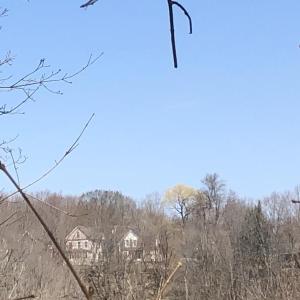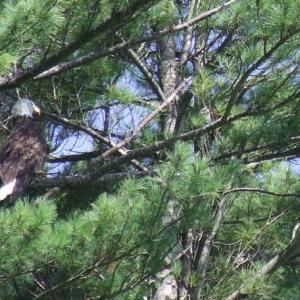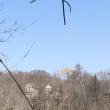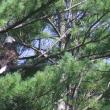An Appreciation for Trees
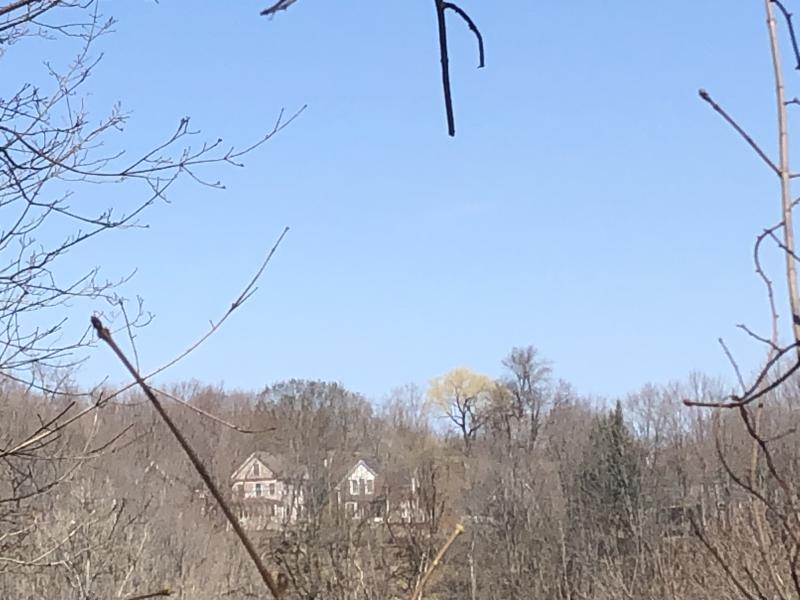 This willow, which gleamed like a beacon from across the valley, was a sure sign of spring—and that migratory birds would soon be arriving. Courtesy of Jeff Wells
This willow, which gleamed like a beacon from across the valley, was a sure sign of spring—and that migratory birds would soon be arriving. Courtesy of Jeff Wells
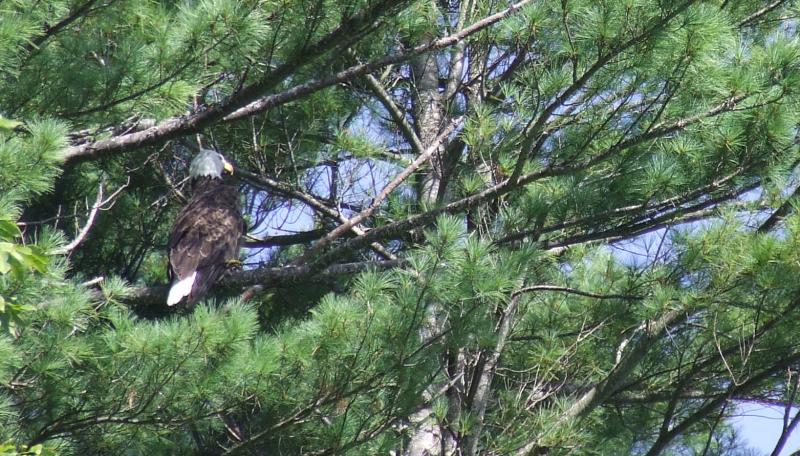 This bald eagle is resting near its nest, just out of sight in the upper branches of a white pine, the tree most often used by Maine’s bald eagles for nesting. Courtesy of Allison Wells
This bald eagle is resting near its nest, just out of sight in the upper branches of a white pine, the tree most often used by Maine’s bald eagles for nesting. Courtesy of Allison Wells
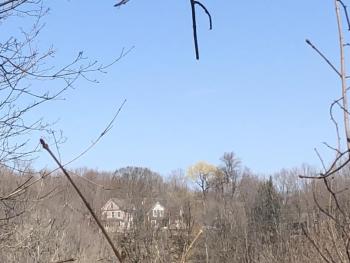 This willow, which gleamed like a beacon from across the valley, was a sure sign of spring—and that migratory birds would soon be arriving. Courtesy of Jeff Wells
This willow, which gleamed like a beacon from across the valley, was a sure sign of spring—and that migratory birds would soon be arriving. Courtesy of Jeff Wells
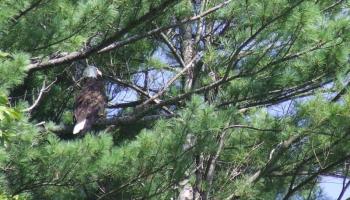 This bald eagle is resting near its nest, just out of sight in the upper branches of a white pine, the tree most often used by Maine’s bald eagles for nesting. Courtesy of Allison Wells
This bald eagle is resting near its nest, just out of sight in the upper branches of a white pine, the tree most often used by Maine’s bald eagles for nesting. Courtesy of Allison Wells
Looking across the valley during a noontime dog walk around our neighborhood a few weeks ago, there among the drab, gray trunks and limbs of yet-to-leaf-out maples and oaks was a burst of yellow. A singlel tree, towering on the opposite hill, just behind the big white church, seemed like the only sign of spring that day. It was so striking that we went looking for it the next day. The tree, it turned out, was a willow just as we suspected based on the yellow color. Nonetheless, this surprised us because it was perched on a hilltop rather than down along the edge of the stream or river, where most willows seem to grow.
We admired lots of other trees while looking for this special one that heralded spring with its lemony crown. It got us thinking about how miraculous and special trees are for us and for our the birds we so enjoy.
Consider for a moment the ways birds use trees in the nesting cycle. Large birds like eagles and hawks place their often very large stick nests high up in mature, tall trees that can hold the weight of the nest. These nesting locations, high in the upper reaches of trees, provide safety from most predators. Bald eagle nests are more often than not in tall white pines.
Crows sometimes also nest in white pines but not as often in the very oldest and tallest ones favored by bald eagles.
Many small birds like warblers, vireos, flycatchers, and thrushes also place their nests in trees but they are more likely to hang their small, light nest from a fork in a branch or on top of a branch—some preferring to be closer to the trunk and others farther out amid the leaves. Pine warblers may nest in the same white pine tree as an eagle but their small cup nest will be nestled among the needles on top of a small branch. Blackburnian warbler nests are more often found near the tips of branches near the top of the tall spruces and hemlocks they prefer.
Woodpeckers use trees for nests in a wholly different way, excavating cavities by chipping pieces of wood away with their bills. They all require fairly large trees for such excavations, which are typically older trees that likely to have a section that has some rot, which makes excavation easier.
Of course, many birds, even those that don’t build their nests in trees, will come to trees to find food.
In spring, the varying flowering and leafing out of deciduous trees attract insects, which means that newly arriving insect-eating songbirds can find a “bird restaurant” in these trees. Aspens and willows will be the trees of choice in the early days of spring for the first-arriving yellow-rumped warblers and palm warblers. Later, the red maples, white birches, and red oaks will be full of the mixed flocks of warblers, vireos, and flycatchers at the height of migration in early to mid-May.
As the migration winds down in late May, look for the latest arriving migrants like blackpoll warblers in some of the last-to-leaf-out and flower trees: the white ash and white oaks.
During summer, birds of all species forage in trees for caterpillars and various other insects to feed their young. Later in the fall, trees produce fruits, nuts, and seeds that allow some species to fatten up for a long migration south to wintering grounds. Others rely on these foods throughout the winter.
In the coldest winter months, birds such as chickadees, golden-crowned kinglets, nuthatches, brown creepers, and woodpeckers still somehow find enough food to survive, whether it’s insect eggs and larvae, fruit, nuts, or seeds. Most of these species also use trees for protection and warmth during the long, dark nights, some in cavities, some nestled in the thick vegetation of coniferous trees where they are insulated from the snow and wind.
These are only a few of the amazing and miraculous ways that trees take care of birds. Their specialness may even extend to us humans. It certainly did to us when we spied that bright, early-spring willow gleaming on the hillside among the still-gray patch of trees.
Jeffrey V. Wells, Ph.D., is a Fellow of the Cornell Lab of Ornithology and Vice President of Boreal Conservation for National Audubon. Dr. Wells is one of the nation's leading bird experts and conservation biologists and author of the “Birder’s Conservation Handbook.” His grandfather, the late John Chase, was a columnist for the Boothbay Register for many years. Allison Childs Wells, formerly of the Cornell Lab of Ornithology, is a senior director at the Natural Resources Council of Maine, a nonprofit membership organization working statewide to protect the nature of Maine. Both are widely published natural history writers and are the authors of the popular books, “Maine’s Favorite Birds” (Tilbury House) and “Birds of Aruba, Bonaire, and Curaçao: A Site and Field Guide,” (Cornell University Press).

